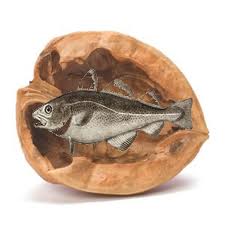Neeri scientist treats contaminated water using plant waste
By Snehlata Shrivastav

Water News in a Nutshell.
In a Nutshell: Researchers in India have developed a highly effective way of removing heavy metals from water using plant waste materials like orange peel and rice husks.
NAGPUR: Most people in rural India still do not have access to potable
drinking water.Treatment of water to remove pollutants like heavy metals and disease causing microorganisms using low cost technologies and making it available to masses still remains a big challenge for the government. However, scientists across the country have been working to devise cheap and effective technologies for water purification.As a part of this effort, scientists at the water technology management division (WTMD) of National Environmental Engineering Research Institute (Neeri) has developed a technology to convert contaminated water into potable by removing heavy metals in it even at extremely low concentrations. The technology, which uses locally available plant waste material like orange peel, rice husk and wild nuts, is extremely low cost, effective and viable.
Neeri director Satish Wate, who has been instrumental in convincing his scientists to take up projects based on societal problems, sees water as a priority area for the institute. “We do work on high end technologies and projects for the corporate sector but solving common man’s problems is our first goal,” he said.Head of
WTMD division Pawan Labshetwar, who has been supervising the project, says removal of both inorganic and organic contaminants from water has been an integral part of Neeri research.
This particular process has been developed by a young fellow scientist Manish V Rahate who basically got the idea of utilizing local plant waste from his guide Shyam Shukla at
Lamar University in USA while pursuing his Master’s degree. Rahate also received support from VA Mahisalkar from Visvesvaraya National Institute of Technology (VNIT). He says though his process has given excellent results at laboratory level, it needs to be scaled up for community use.
“We have tried it for a minimum of 1000 litres of water and the plant waste material can be reused. The three-step process costs just Rs5-6 per 1000 litres. In the first step, the heavy metals present in the lowest possible concentration are adsorbed using plant waste. Second step uses sand and coal powder to filter other contaminants and makes water more palatable. Last step uses a specially developed metal oxide which acts as an oxidant and disinfects water from organic pollutants-micro-organisms like bacteria,” Rahate said.
Since plant materials are rich in substances called as pectin and lignin which are good adsorbents of heavy metals, the researchers have chosen them for removal of arsenic and iron. The process uses 12 different plant materials like rice husk powder, dried and powdered wild nuts, mango leaves, banana and orange peels. These powders form the first layer of the filter. Rahate has labelled his process as L3 (low cost, low technology and locally available) and KISS (Keep it simple and sweet). He would be presenting his work at the international workshop for young environmental scientists titled ‘Urban water resources and risks’ to be held in June first week in Paris.
Rahate has already received the ‘Young water professional’ award for this process at an international conference held in January in Malaysia. “There is still a long way to go to make this process commercially available. But I am confident of making this happen very soon,” he said.





